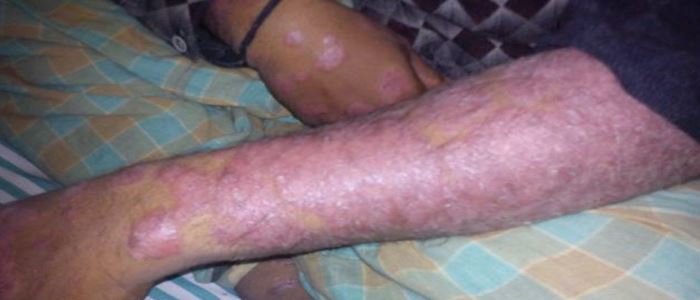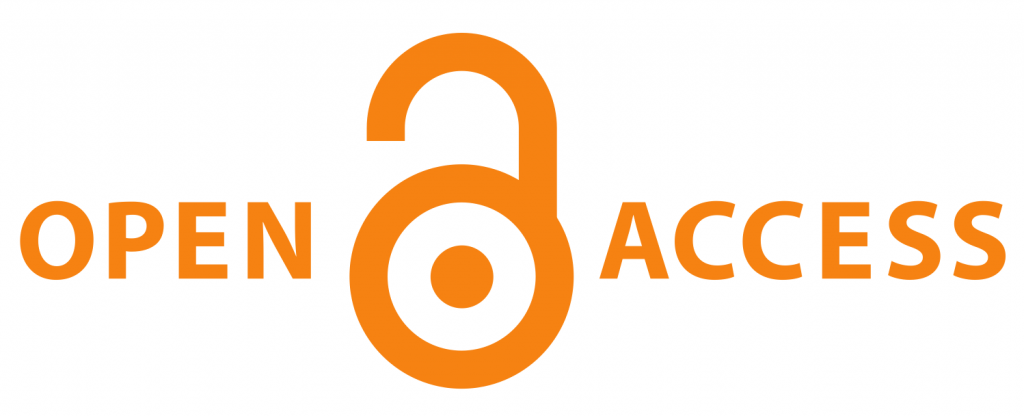Integrative management of Kitibha Kushta with Snehapana: A Case Study Perspective
DOI:
https://doi.org/10.21760/jaims.10.1.34Keywords:
Ayurveda, Kitibha Kushta, Snehapana, Psoriasis, Skin Disorder, Case ReportAbstract
The skin is the body's largest organ, making up more than 10% of its total mass, and it plays a crucial role in facilitating the body’s closest interaction with the environment[1]. Skin disorders are commonly caused by factors such as altered lifestyles, lack of physical activity, poor hygiene, mental stress, and improper eating habits. Skin conditions represent one of the largest groups of health issues In Ayurveda, Kushta is a broad term encompassing nearly all skin diseases. It is associated with imbalances in Tridosha, Rasa, Rakta, Mamsa, and Ambu. Rakta Dushti (vitiation of blood) is considered the primary cause of skin disorders (Twak Vikaras). The etiological factors include physical, physiological, psychological, psychosocial, hereditary and Papakarma (sinful activities). Rukshana Karma followed by Snehapana can be given to those as a primary treatment for patients affected with Kushta. Virechana is the Shodhana Karma (purification therapy) recommended for treating Raktaja Vikaras (blood-related disorders). Following Shodhana, Shamana Chikitsa (palliative treatment) plays a vital role in alleviating Alpadosha (imbalanced Doshas). It plays a vital role in avoiding further accumulation of Doshas and alleviating Sesha Doshas. In this case study, a 52-year-old male patient was admitted presenting with blackish-white circular lesions on both upper limbs and lower limbs, along with itching and powdery discharge for the past 3 months. Later diagnosed with Kitibha Kushta having similar symptoms of plaque psoriasis. The patient underwent Langana, Rukshana, Snehapana (oleation), Virechana (therapeutic purgation), and resulting in significant improvement.
Downloads
References
Walters KA, Roberts MS. The structure and function of skin. In: Dermatological and transdermal formulations. CRC Press; 2002 Feb 20. p. 19-58.
Basra MK, Shahrukh M. Burden of skin diseases. Expert Rev Pharmacoecon Outcomes Res. 2009 Jun;9(3):271-83.
Sharma R, Adiga M. Review on the disease Kustha and its management in Ayurvedic literature. J Ayurveda Integr Med Sci [Internet]. 2021 Apr 30 [cited 2024 Dec 2];6(02):59-64. Available from: https://jaims.in/jaims/article/view/1247
Vagbhata. Astanga Hridayam. Murthy Srikantha, editor. Sharirasthana. Varanasi: Krishnadas Academy; 1995. Chapter 3/3.
Rajeswari Y, Chaitra H, Maneesha K. Ayurveda management of Kitiba Kushta-A Case Study. J Ayurveda Integr Med Sci. 2023 Feb 15;8(1):149-54.
Agnivesha, Charaka, Dridhabal. Charak Samhita. Vol. 1. Varanasi: Chaukambha Bharti Academy; 2005. p. 706.
Agnivesha, Charaka, Dridhabal. Charak Samhita. Vol. 1. Varanasi: Chaukambha Bharti Academy; 2005. p. 468.
Agnivesha, Charaka, Dridhabal. Charak Samhita. Vol. 1. Varanasi: Chaukambha Bharti Academy; 2005. p. 713.
Agnivesha, Charaka, Dridhabal. Charak Samhita. Vol. 2. Varanasi: Chaukambha Bharti Academy; 2002. p. 248.
Singh S, Tripathi JS, Rai NP. An overview of Ayurvedic and contemporary approaches to psychodermatology. J Phytopharmacol. 2014;3(4):286-299.
Agnivesha, Charaka, Dridhabal. Charak Samhita. Vol. 1. Varanasi: Chaukambha Bharti Academy; 2005. p. 643.
Sushruta. Sushruta Samhita. 14th ed. Vol. 1. Varanasi: Chaukhambha Sanskrit Sansthan; 2003. p. 246.
Agnivesha, Charaka, Drudabala, Chakrapanidatta. Sutrasthana, Chapter 3, Verse 2. In: Acharya YT, editor. Charaka Samhita with Ayurveda Deepika Commentary. Reprint edition. Varanasi: Chowkhamba Krishnadas Academy; 2015. p. 27.
Sushruta, Dalhana, Gayadasa. Sharirasthana, Chapter 9, Verses 8-9. In: Acharya YT, editor. Sushruta Samhita. Varanasi: Chowkhamba Krishnadas Academy.
Srikantamurthy KR. Vagbata’s Ashtanga Hrudayam Text. English translation. Reprint edition. Varanasi: Chowkhamba Krishnadas Academy; 2013. Vol. 2, Chikitsa Sthana, Chapter 19, Verses 1-2. p. 472.
Srikantamurthy KR. Vagbata’s Ashtanga Hrudayam Text. English translation. Reprint edition. Varanasi: Chowkhamba Krishnadas Academy; 2013. Vol. 2, Chikitsa Sthana, Chapter 19, Verses 8-11. p. 473.
Srikantamurthy KR. Vagbata’s Ashtanga Hrudayam Text. English translation. Reprint edition. Varanasi: Chowkhamba Krishnadas Academy; 2013. Vol. 2, Chikitsa Sthana, Chapter 19, Verses 16-17. p. 474.















